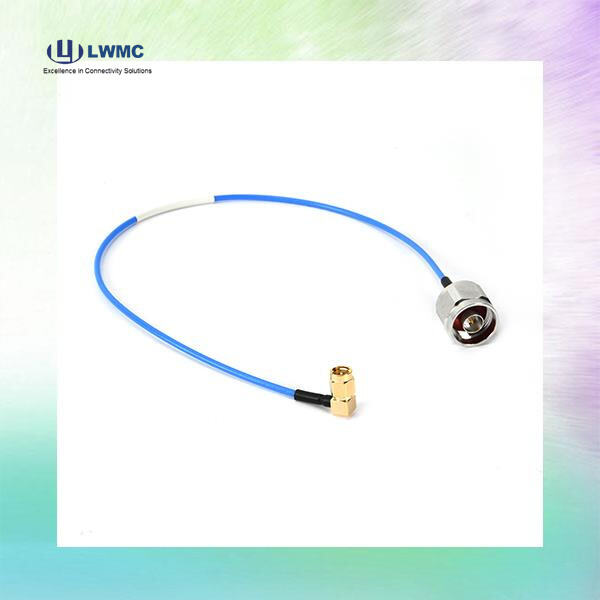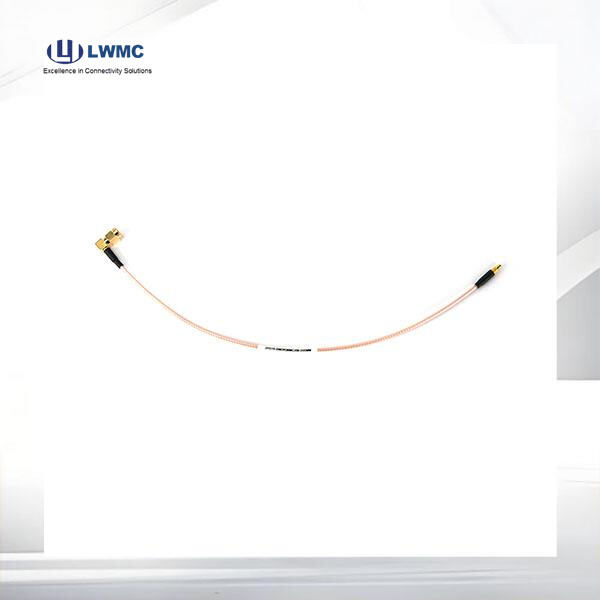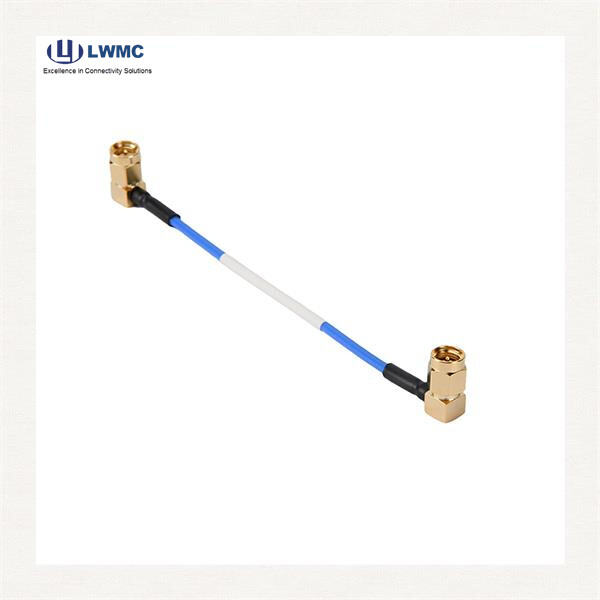Coaxial cable assemblies are crucial components found in almost every electronic device we use on a daily basis. These packages make it easier to transfer signals and information between various components of a device. Join us and find out everything there is to know about coaxial cable assemblies and how they work.
There are four primary components of a coax cable assembly: LINKWORLD central conductor, dielectric, shield and jacket. The electrical signal travels down the center conductor. The shield helps stabilize the transmission and reception of the signal. The insulating layer ensures that the signal does not leak outside, and the outer jacket provides additional protection to the cable.
When choosing a coaxial cable assembly for your electronics, consider things such as the frequency of the signal, power level, and where the cable will be utilized. There are a number of different coax cable assemblies made for different applications, which is why it’s crucial to select the right one for your specific need.

Coax Cable Assemblies There are plenty of great reasons to use coax cable assemblies in electronics. These assemblies are dependable and provide good signal quality. They are also sturdy and can hold up to hard use. They are the used for many connections LINKWORLD coaxial cable connectors are very easy to install and maintain, making them a fast solution to many applications, electrical equipment.

When laying or fixing a coax cable you should ensure that every connection fits tightly and that the cable is not bent or crossed. Maintaining and having the cable inspected for damage can keep it working well. If you have no idea how to install or maintain a coaxial cable assembly you should always seek the assistance of a professional.

Coaxial Cables: There are several kinds of coax cable assemblies, which are designed for different applications. And some popularized versions are RG6, RG58, and RG174. The LINKWORLD cables come in sizes and impedance and frequency ranges, so make sure you get the one best for your device.